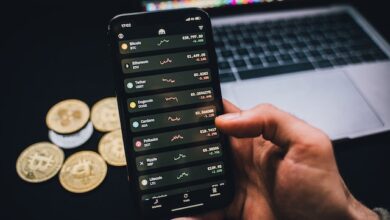Include This Special Category in Your Budget

Your budget has all of the expenses you expect to encounter this month. It has your housing payments, your utility bills, your groceries, your car payments and your subscription fees — all of these are essential categories for a functioning personal budget.
But there’s one extra category that you might be missing. That category is “emergency savings.”
Saving Up for Emergencies
It’s completely logical to focus your attention on expenses that you know for a fact you’ll have to deal with. You know that you’ll have to buy groceries. You know that your cell phone company will charge you this month. You know that the water bill is going to show up in your mailbox.
Emergency expenses aren’t predictable, so they’re easy to forget when you’re planning a budget. You have no idea when an emergency expense will crop up. If you could predict an emergency expense well ahead of time, it wouldn’t be much of an emergency, would it?
You might not have the psychic ability to predict an emergency expense months ahead of time, but you can have the foresight to prepare for one. All you have to do is set aside a cushion of emergency savings. Then you should have enough money to cover an urgent expense whenever it lands in your lap.
What Happens without This Category?
If things are going well, you won’t have an issue when you leave this category out of your budget. It’s only an issue when an emergency expense shows up and you don’t have any savings to pay for it.
Without emergency savings, you might be tempted to use the funds sitting in your checking account to handle an emergency expense. But doing this could upset your budget and cause a chain reaction of problems:
- You might not have enough to cover some of your essential expenses for the month.
- You might not be able to pay bills on time.
- You might collect late fees and other penalties.
- You might accidentally put your checking account into overdraft.
- You might bounce a check (or multiple checks).
So, what’s your other option? You could look into an alternative payment method. If you have room on your credit card, you could charge the expense to that and then pay it down later through the monthly billing cycle.
Another option that you could try is an emergency loan. You can find cash loans online through CreditFresh in the form of a line of credit that can help you resolve your urgent expense. As long as you check off all of the loan qualifications, you can fill out your application in a matter of minutes and send it in. You just might get approved for the loan. If you do, you can use the borrowed funds to pay off the expense and then follow a steady repayment plan through a monthly billing cycle.
How Can You Start Budgeting for This?
Look at your budget to see how much you can afford to set aside for emergencies every single month. Move that determined amount into a separate savings account — this will be your emergency fund. Keep making contributions every single month. If you’re afraid it will slip your mind, you can automate your savings contributions between your checking account and savings account. That way, the funds will automatically transfer into your emergency fund and help the balance grow.
“Emergency savings” is an essential category that you will want to include in your budget. If it’s missing from your budget, it’s time to add it in!





